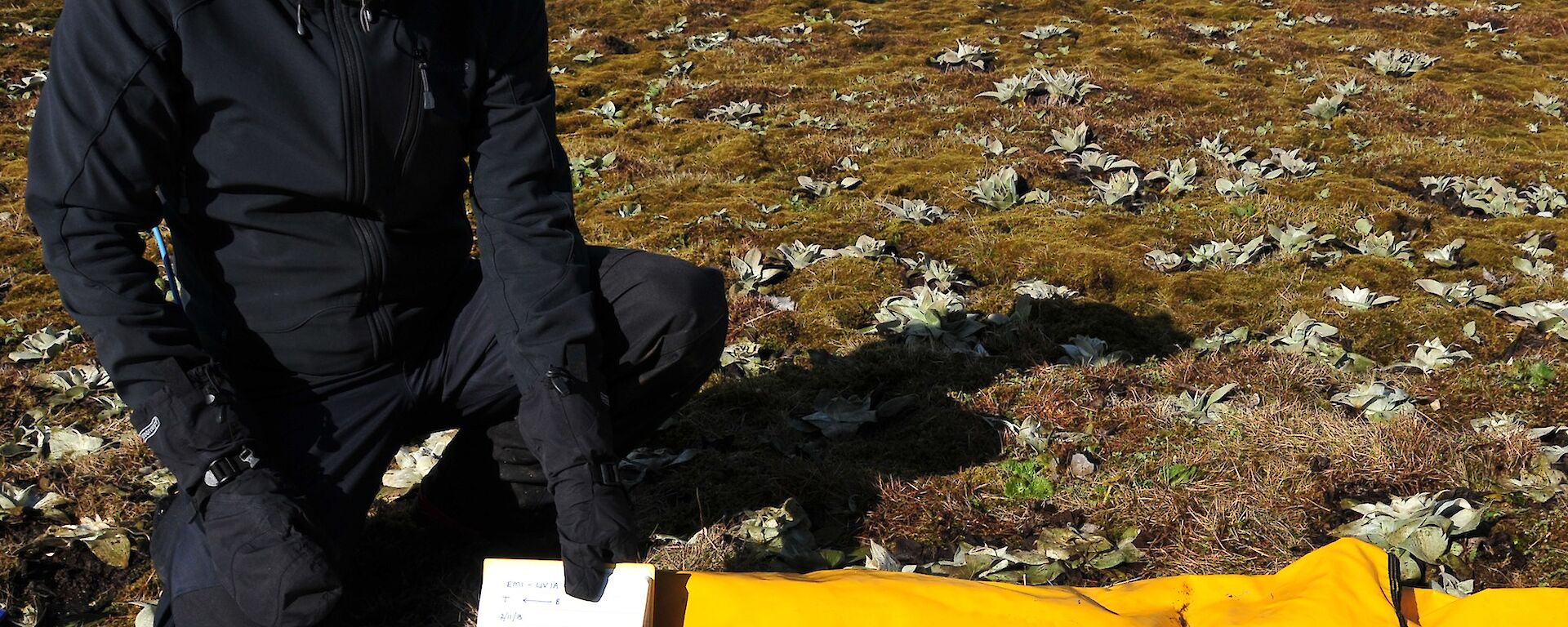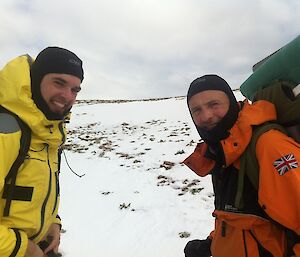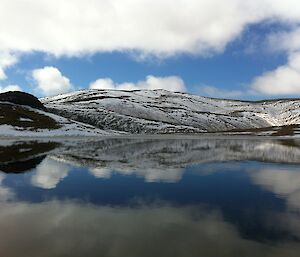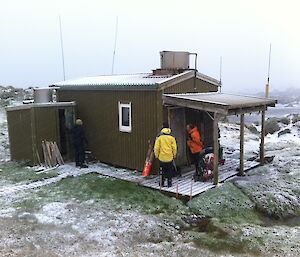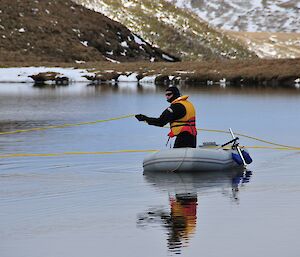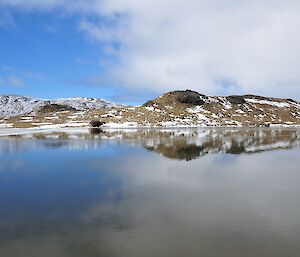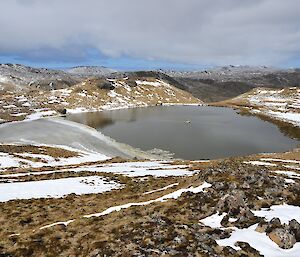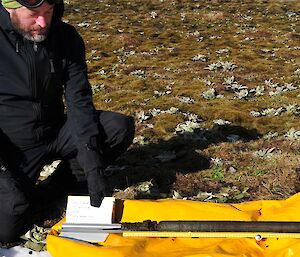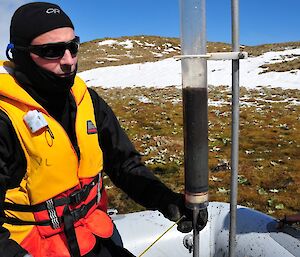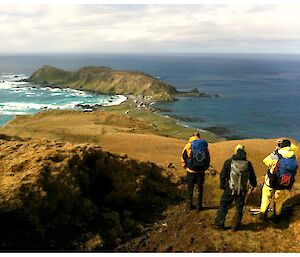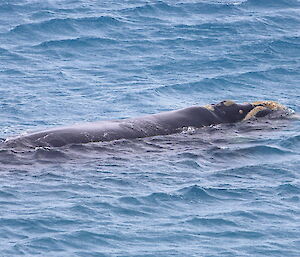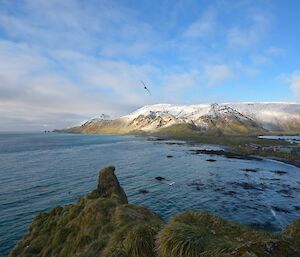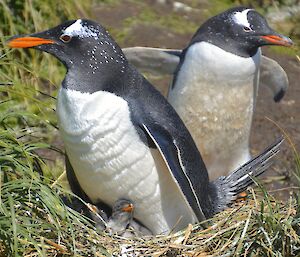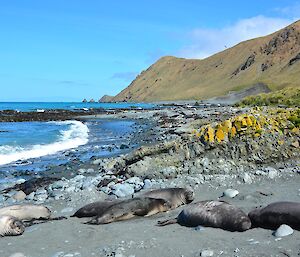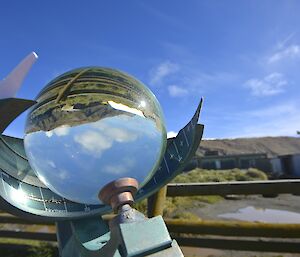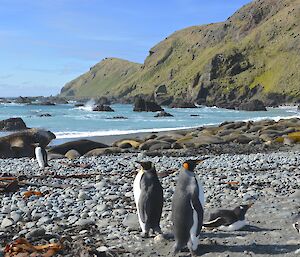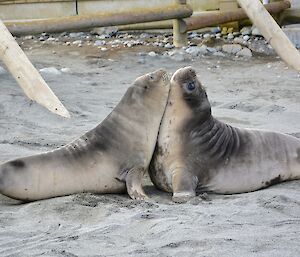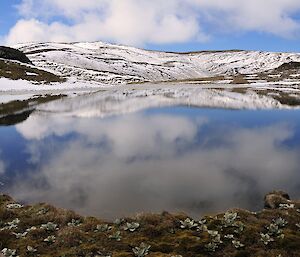Dominic Hodgson, Steve Roberts and Wim van Nieuwenhuyze (University of Ghent) have just arrived on Macquarie Island, the second field location in a new 4-year NERC (Natural Environment Research Council) funded project using lake sediments to investigate changes in Southern Hemisphere Westerly wind strength over the last 20,000 years.
Fieldwork on Macquarie Island is being undertaken in conjunction with Krystyna Saunders (Universities of Tasmania/Bern) and our long-term collaborators from Ghent University with key support from Australian Antarctic Division (AAD).
After a week of pre-departure training in Hobart, at the AAD, and on top of Mount Wellington, L'Astrolabe dropped us off on Macquarie Island in a textbook ship-shore small boat operation. We received a very warm welcome from everyone on base, and, after further in-field training, will be man-hauling our coring kit up onto the plateau to take sediment cores from salt-spray influenced lakes on the western side of the island.
We got off to a flying start last week with seven sediment cores taken in two days over last weekend from Emerald Lake, our main target site. We were fortunate to have perfect conditions with virtually no wind on the first day, which made setting up ropes and coring more straightforward.
With the sun out all day on Saturday and lake looking like a pristine mirror at times, we worked efficiently. This provided a good opportunity to take plenty of fieldwork (and landscape) photos, as well as collecting, logging and wrapping all cores and returning them safely back to base.
A big thanks to Mark, Josh and Greg for helping carry some of our heavy kit loads up to site and to Mark for guiding over the weekend and his help with setting the ropes and other aspects of coring – all of which was very much appreciated.
From previous analysis of cores taken from this lake, undertaken by Westerly Wind project co-leader Krystyna Saunders, sediment at 12–84cm depth likely represents ‘baseline’ sediment deposition processes in the pre-human era back to about 20,000 years ago. Although some natural compression of the lower sediments has occurred, lake sediment cores from the island similar to these have been used to place the relatively rapid increase in sedimentation associated with the last century or so of human occupation into a longer-term context.
However, the main aim of our current project is different – we intend to use newly collected cores to investigate detailed changes in sea salt inputs into lakes on the western side of the island to determine relative changes in Westerly Wind strength through time. The Emerald Lake cores are now stabilised back at base and will return to the mainland, with others we hope to collect during November, for further detailed investigations.
See @steveroberts60 on Twitter for updates on progress and photos.

